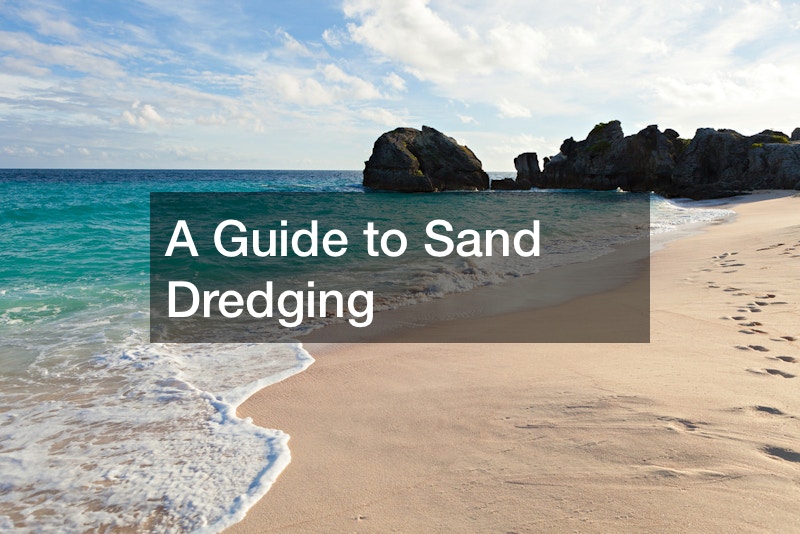
A Guide to Sand Dredging

Sand dredging removes sediment, sand, or other material from the bottom of a river, lake, or ocean. Sand is often dredged for a variety of reasons, including beach replenishment, flood control, and navigation channel maintenance.
During the dredging process, large machines known as dredges are used to excavate sand from the bottom of the waterway. The sand is then transported to a location where it can be processed and used for various purposes, such as beach nourishment, construction, or concrete production.
The sand may need to be washed or screened to remove impurities or ensure that it meets certain specifications.
The benefits of dredging can be significant. For example, beach replenishment projects using dredged sand can help protect coastal communities from erosion and storm damage while providing recreational opportunities for residents and tourists.
Dredging can help maintain navigation channels and clear waterways, supporting commercial shipping and other marine activities. In addition, dredged sand can be used in construction projects, helping to reduce the demand for natural resources such as gravel and stone.
However, there are also potential negative impacts associated with sand dredging. These can include habitat destruction, disturbance of sensitive ecosystems, and impacts on water quality.
Therefore, you must carefully evaluate the environmental and social impacts of any proposed dredging project. Then, you should take measures to mitigate any negative effects. This may include using alternative materials, minimizing the amount of dredging, and implementing measures to protect sensitive habitats and wildlife.
.

Leave a Reply
You must be logged in to post a comment.